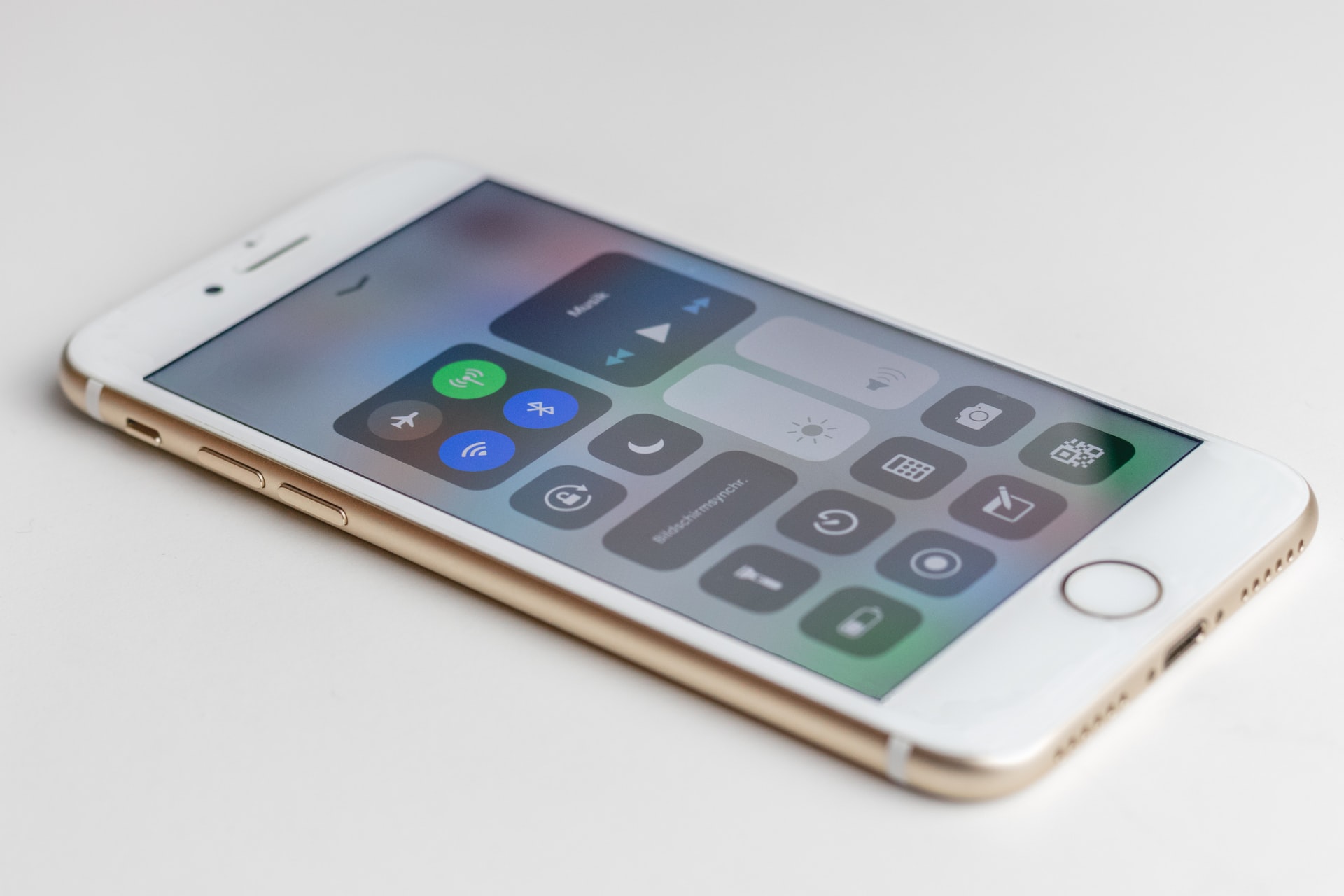
Flashback - History and the growth of Bluetooth
Hey there,
Welcome to the 41st issue of Knowledge•Day!
Hope you’re doing awesome. I’m here struggling with the peak summer heat in the driest state of the country, Rajasthan. The hotness that I didn’t ask for, but here we are.
What I do ask for, here, is for you to share. This newsletter issue with friends - if you like it of course. And I hope you do, for today’s issue is about a very common yet overlooked technology.
Btw, I gotta say, I’ve subscribed to the Pulse newsletter by Ben and his last issue is just marvelous. Worth a read I must say.!
Now let’s just get to it, shall we?
ᚼ+ᛒ = Bluetooth
I’m guessing you’re listening to some music right now, and I’m also guessing it’s over a pair of headphones. Finally, I believe it’s not wired to your phone.
Well, I could be wrong with the first guess itself, but hey! I’m doing that as I write this!
Now, let’s get to the story.
The year was 1994, all devices communicated using cables (Serial or USB). Infrared existed back in the time. However, that required line-of-sight, meaning you had to “aim” the two devices at each other during the data transfer.
“Bluetooth fixes this.” said Dr. Haartsen (at Ericsson office) and put forth this little tech that had the ambition to become the unified standard mode of communication for all kinds of electronics - phones, computers, and various accessories.
But it was all innovation and no use. It took 6 years to produce the first Bluetooth-enabled phone (and wireless keyboard/mouse). The Sony T36 was unveiled in 2000. But… the phone was canceled due to some issues. And then it took one more year for a Bluetooth-enabled phone to hit the stores, the Sony T39.
 Sony T39, the first Bluetooth-enabled device to hit the stores.
Sony T39, the first Bluetooth-enabled device to hit the stores.
The first-generation Bluetooth worked within 10m diameter of space, and its speed tapped out at 721 Kbps.
P.S. GPS receiver made it to phones before Bluetooth did. Benefone Esc, 1999, was the first GPS-enabled phone.
A couple of years later, in 2005, Bluetooth 2.0 was unveiled. Which tripled the speed up to 2.1 Mbps.
Fancy huh? Hear this now, in 4 years they even beat that with Bluetooth 3.0 HS achieving up to 24 Mbps! Over 11x speed growth.
Or was it the case?
Here’s a catch: The Bluetooth part of Bluetooth HS was only there to make a wifi connection, which would do the speedy magic.
Good game, but there was one problem, wifi consumes significantly more power than Bluetooth does. So, they figured its better to keep the Wifi technology separate.
This small experiment tries to practically find the power consumption difference on an android phone running youtube over Wifi vs over Bluetooth. (Not the most accurate, as the screen and the OS+apps would be eating most of the power, but you get the gist)
The next version of Bluetooth came up with a whooping 1 Mbps top speed!!
What ?!.
Yes, Bluetooth 4.0, aka Bluetooth Low Energy, came in 2010 was slower than Bluetooth 2.0.
It gets crazier, Bluetooth 4 wasn’t Bluetooth at all.
Whaaat ?!!
Yes, there was an independent project started at Nokia under the name Wibree, which was incorporated into the this 4.0 generation of Bluetooth.
What’s the win? It’s in the name - Low energy. It was a lot more power-efficient than the previous versions. Allowing it to be used in really small battery-powered appliances (Fitness sensors, health care devices, and the likes).
Now, with this low energy product as a base, they could refocus on speed and range. And they did. In 2016, Bluetooth 5.0 was unveiled, increasing the range significantly - 240m with line of sight and up to 40m indoors. And at closer ranges, the speeds were double that of its predecessor at 2 Mbps.
This is just enough to provide a good range and decent speeds for most use cases while keeping the power consumption low.
And we have Wifi, independently growing, for high-speed use cases - like Netflix and chill.
Sources: Android Authority, GSMArena
This was Bluetooth history in 3 minutes. It might feel a bit rushed, but thats what happens when you squeeze history of 25 years into a 3 minutes text.
If you liked it, please do consider sharing it, which helps me get more feedback and satisfaction for my efforts. :-)
Btw, there’s also a comments zone for you to speak forth. Just saying ;-)